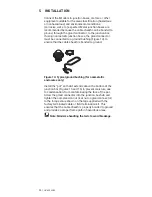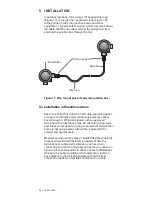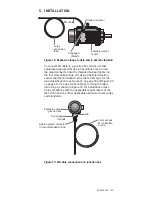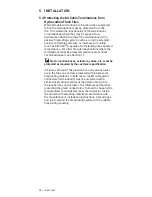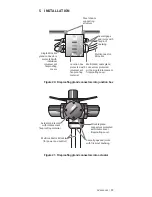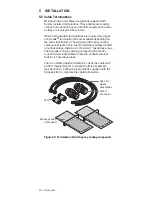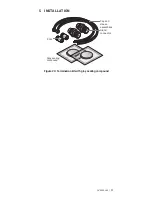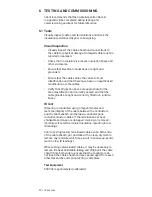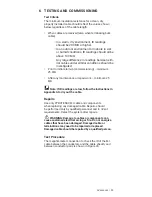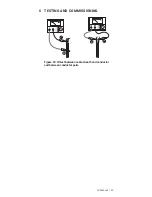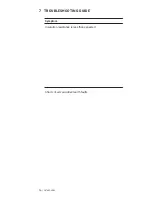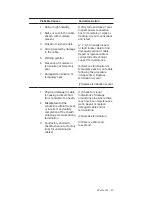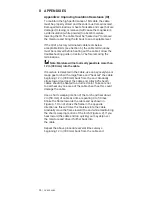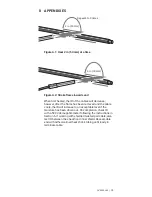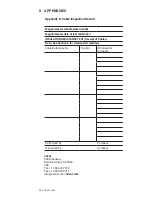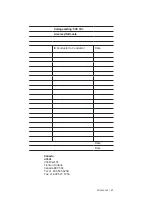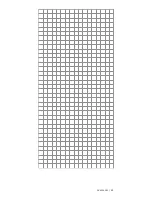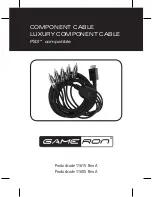
8 APPENDIXES
Appendix A: Improving Insulation Resistance (IR)
To maintain the high performance of MI cable, the cable
must be properly stored and the ends must remain sealed.
Damaged terminations or heat shrinkable end caps that are
damaged, missing, or removed will cause the magnesium
oxide insulation (white powder) to absorb moisture,
lowering the IR. The cable must be “heated out” to remove
the moisture and bring the IR back to an acceptable level.
If the IR of a factory terminated cable tests below
acceptable limits (see Section 6), the cable terminations
must be removed before heating out the cable. Follow the
troubleshooting guide in Section 7 before removing the
terminations
Note: Moisture will not normally penetrate more than
12 in (300 mm) into the cable.
If moisture is detected in the cable, use an oxy-acetylene or
mapp gas torch with a large flame and “heat out” the cable
beginning 12 in (300 mm) back from the end. Gradually
stroke toward and past the cable end. Alloy 825 sheath
cables should be heated to a dull red color. Take care not
to overheat any one area of the cable sheath as this could
damage the cable.
Use a short sweeping motion of the torch and heat about
2 in (50 mm) of cable at a time, repeating 4 to 5 times.
Stroke the flame towards the cable end as shown in
Figure A.1. Do not stroke the flame in the opposite
direction as this will drive the moisture into the cable.
Gradually move the flame toward the end while maintaining
the short sweeping motion of the torch (Figure A.2). If you
heat toward the cable end too quickly you may skip over
the moisture and drive it further back into
the cable.
Repeat the above procedure several times always
beginning 12 in (300 mm) back from the cable end.
38 | nVent.com
Summary of Contents for pyrotenax Alloy 825
Page 1: ...MI Cable Industrial Wiring Installation Manual For Alloy 825 Sheath Cables ...
Page 4: ...iv nVent com ...
Page 46: ...42 nVent com ...
Page 47: ...nVent com 43 ...

